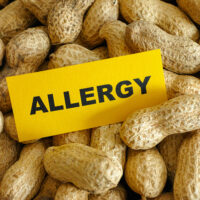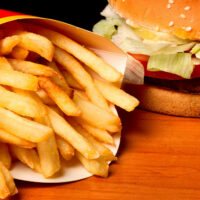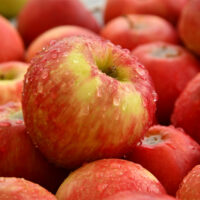5 tips on smart use of tablets

We are surrounded by the technology around us and are constantly finding ways to use smart gadgets. On that note, smart tablets can be a very useful addition to our daily life, and we are here to tell you about five ways to let you make the most of your tablet. Also, it is important to ensure you give yourself a break from the screen now and then to invest energy in productive work instead.
Use the app for pets
This may sound strange, but have you seen videos of kittens playing with fish on the screen, trying to grab them? How hilarious. Tablets have several pet apps, which can be fascinating. There are apps where the screen becomes a camera, and whenever your pet touches the screen, it takes a snapshot. There are some pet food companies, too, that have downloadable apps. Some teach simple tips and tricks to manage your furry friends.
Remote control
Did you know you can turn your tablet into an electronic remote control? If you own any smart devices like a TV, music system, or even air conditioners, they can all be controlled remotely through an app. You can use the tablet for this purpose. An app called TV side view can be used for both Apple and Android users, and you can use it for Sony smart TVs or their Blu-Ray player.
Second screen
This comes in handy during work or even otherwise. Having a second screen helps increase productivity as you don’t have to switch between browsers when working constantly. You can simply use your tablet to look up the information and continue working on your primary screen. You can also bookmark any important web page and return to it while doing your work. During a meeting, you can also quickly take notes on your tab. Use Flicknote, Simplenote, or other similar applications to write down ideas and points.
Digital clock
Using your tablet as a digital clock or an alarm system can be helpful. Not only it gives you the nostalgia for a side table clock, but also provides you with many useful features. For example, if you’re having trouble sleeping at night, you can play your favorite night podcast to help you fall asleep. Want to wake up in a meditative mood? Now, you can remove 15 minutes at the start of your day to meditate in your bed while listening to chants on your smart tablet. Want any reminders during the day? You can check your tablet after waking up and download the tasks for the day.
Portable entertainment
This is extremely useful, especially for those constantly on the move. Instead of using your laptop continuously at airports, in buses, or taxis, you can use your smart tablet to get your dose of entertainment while traveling. Moreover, you can even use this device to wrap up any work-related tasks, research, or content on the go. Any PPTs to look at and give feedback, research for an article you are writing, or send out quick follow-up emails to your clients, all these tasks can be done using a tablet that can be connected to the Wi-Fi or your smartphone’s hotspot.
Conclusion
If you want to purchase a tablet and utilize it in the several ways mentioned above and beyond, then investing in a good product is the first step. On October 18th, the iPad 10th Gen and the Pro were launched, and it is already making quite a noise in the market. The latter comes in two sizes, an 11inch display and a 12.9-inch one, which are gorgeous and cost around $799 and $1,099, respectively. Several storage options are available for these models; 128/256/512 GB, 1TB, or even 2TB. The pricing changes according to the storage chosen.
Another worthy option, if you are an Android user, is the Lenovo Tab P12 Pro. While this was released last year in November, it indefinitely remains a good contender in the market for smart tablets. The display screen is 12.6 inches and has 128GB storage options. The device costs around $700 originally; however, due to the shopping sale season, exclusive discounts might be available. Some sites may also offer trade-in discounts if you have any old tablets you would like to give.





